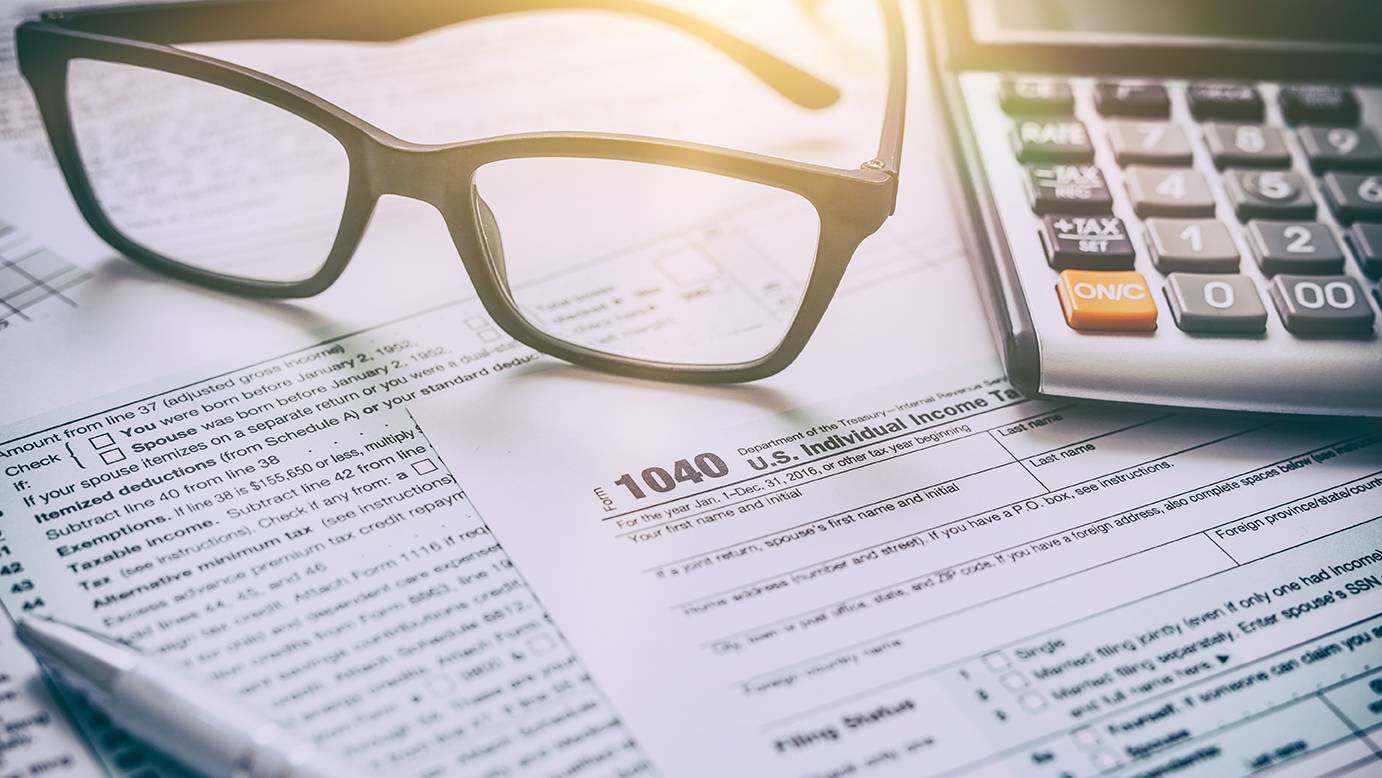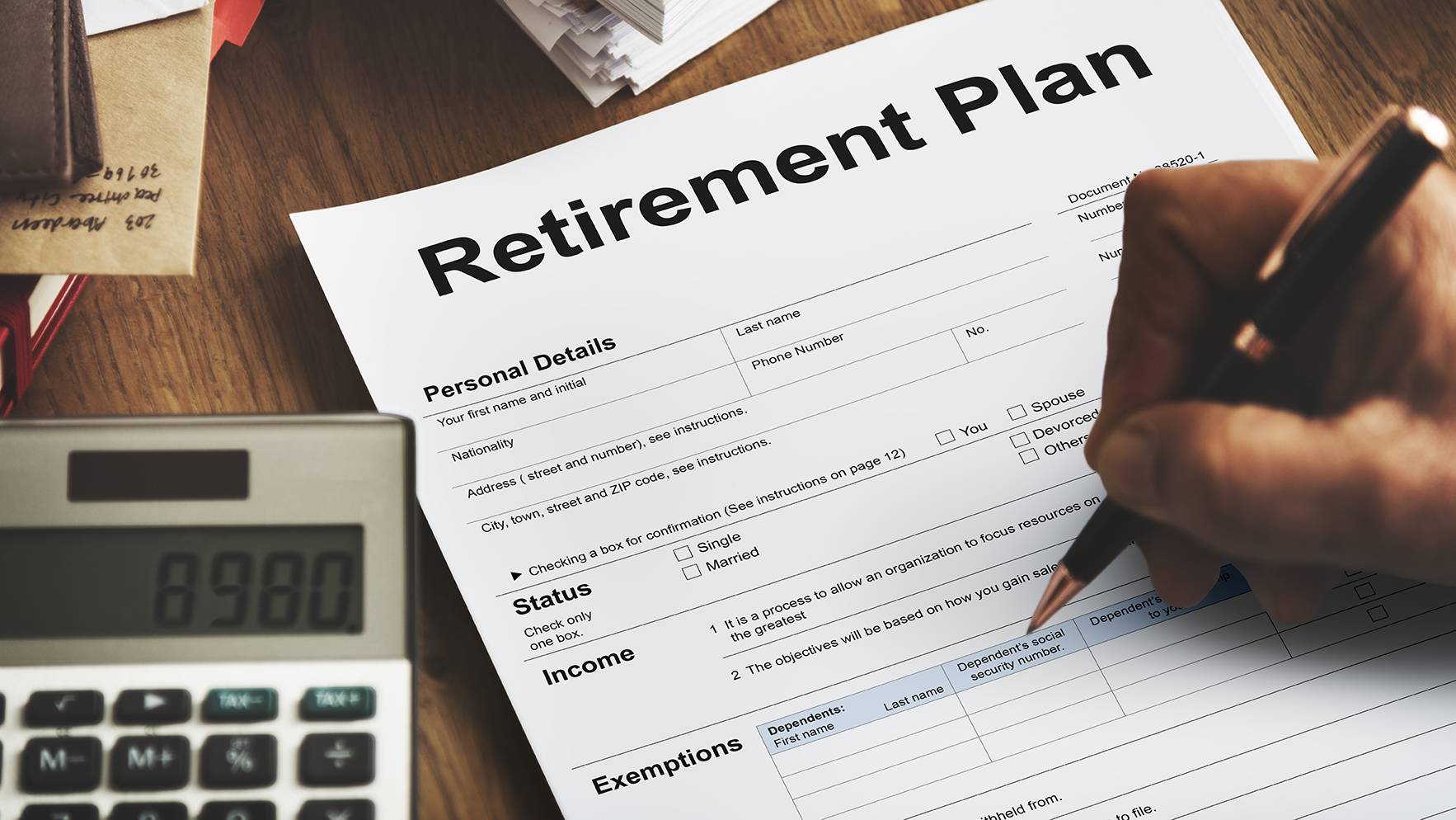Self-Study
1040 Workshop: For 2024 Planning & 2023 Filings
Practical guide to Individual Tax Essentials and Return Preparation. Examine the latest developments in tax law while learning effective strategies for tax deferral, reduction, and elimination in real-world scenarios.

$480.00 – $520.00
Webcasts are available for viewing Monday – Saturday, 8am – 8pm ET.
Without FlexCast, you must start with enough time to finish. (1 Hr/Credit)
CPE Credits
24 Credits: Taxes
Course Level
Overview
Format
Self-Study
Course Description
Designed to make the practitioner comfortable with “high traffic” issues, this CPE class enables participants to discuss and handle individual tax essentials. The course examines and explains the practical aspects of return preparation and individual planning, bridging the gap between theory and application. Significant new developments are summarized with an emphasis on tax savings ideas. Practical applications and illustrations are used to systematically explore tax deferral, reduction, and elimination opportunities accompanying return preparation. For example, the analysis of gross income is discussed together with income-splitting techniques; property transactions are examined alongside like-kind exchanges and involuntary conversions. The result is a blend of the latest developments affecting individual returns and their related planning ideas.
Learning Objectives
Upon successful completion of this course, participants will be able to:
Chapter 1
- Identify federal revenue tax sources citing the definitive role of gross income and, determine a client’s tax liability using current rates, tables, exemptions, statutory amounts, and their withholding and/or estimated tax responsibility.
- Specify the various filing statuses and their filing requirements recognizing the advantages and disadvantages of each.
- Determine what constitutes gross income under §61 stating the tax treatment of fringe benefits, rental income, prizes, and awards, and specify how debt discharge and foreclosure can result in taxable income.
- Identify the mechanics of income exclusions such as education-related exclusions, insurance, and personal injury awards.
- Recognize income tax deductions and their use to reduce tax liability by identifying interest related to businesses. investments, qualified residences, and deductions for medical expenses, charitable contributions, casualty losses, and moving expenses.
- Determine distinctions among several types of tax credits for children and education identifying amounts and eligibility requirements.
Chapter 2
- Recognize the tax treatment of rental property expenses specifying their impact on landlords and tenants taking into consideration the tax differences given to rent, insurance, tax preparation fees, property taxes, and purchased leases.
- Identify the application of the hobby loss rules to a business, determine deductible expenses, recognize the requirements of the home-office deduction, and specify self-employment taxes.
- Determine how to properly deduct travel by identifying deductible domestic and foreign business travel expenses, a taxpayer’s tax home, if any, and work locations; specify the “away from home” and convention rules; and define the adequate substantiation methods.
- Differentiate accountable and nonaccountable plans including the requirements for an accountable plan particularly adequate accounting using per diem rates for non-related employees.
- Determine what constitutes local personal commuting and deductible travel to temporary work sites.
- Identify the apportionment of automobile expenses between personal and business use, the actual cost and standard mileage methods, depreciation, expensing, and the gas guzzler tax.
- Specify the various types of excluded fringe benefits that can increase employers’ deductions and incentive-based compensation of employees listing examples of each.
- Recognize the cash, accrual, and other methods of accounting, select available accounting periods specifying their impact on income and expenses and identify expensing depreciation, and amortization.
Chapter 3
- Specify the tax consequences on the sale of easements and the holding period and basis of inherited property.
- Identify the application elements of the §121 home sale exclusion specifying the ownership and use requirements.
- Recognize the §453 installment method requirements, the residential lot exception, and the pledging rule limitation.
- Identify the elements necessary for a §1038 repossession, the different rules for real property and personal property repossessions, and calculating basis and gain on repossession
- Specify the tax treatment of a §1033 involuntary conversion on condemnation or threat of condemnation; differentiate between condemnation awards and severance damages; and identify replacement periods needed to postpone gain.
- Recognize the scope of the §465 at-risk rules and their effect on property depreciation, and identify the requirements, taxation, and types of §1031 like-kind exchanges.
- Identify planning considerations for benefit planning and funding a qualified retirement plan; determine the compensation base used for funding calculations and the impact of PBGC insurance in assuring benefits.
- Identify the requirements of the basic forms of qualified pension plans permitting clients to compare and contrast such plans.
- Differentiate defined contribution and defined benefit plans; specify the types of defined contribution plans particularly Keogh plans and IRAs identifying their effect on retirement benefits.
- Identify how self-employed plans differ from qualified plans for other business types and owners; and specify the requirements of IRAs and the Roth IRAs recognizing their contribution, rollover, and RMD requirements and restrictions.
- Determine what constitutes SEPs and SIMPLEs recognizing the mechanics and eligibility requirements of each type of plan.
Chapter 4
- Identify how the passive loss rules limit the ability to take deductions, what transactions free disallowed losses, how suspended losses are carried forward, and when real estate professionals can escape the passive lost rules.
- Specify differences between the regular and alternative minimum tax recognizing the impact of tax preferences and adjustments.
- Identify the reporting requirements for employers, real estate transactions, independent contractors, and cash reporting.
- Recognize types of accuracy-related and valuation overstatement penalties including the substantial authority defense for reporting positions, and specify the IRS’s examination of returns policy and assessment process including applicable statute of limitations.
Course Specifics
SS824378673
March 18, 2024
General understanding of federal income taxation.
None
573
Compliance Information
IRS Provider Number: 0MYXB
IRS Course Number: 0MYXB-T-02456-24-S
IRS Federal Tax Update Credits: 24
CTEC Course Number: 2071-CE-2011
CTEC Federal Tax Law Credits: 24
CFP Notice: Not all courses that qualify for CFP® credit are registered by Western CPE. If a course does not have a CFP registration number in the compliance section, the continuing education will need to be individually reported with the CFP Board. For more information on the reporting process, required documentation, processing fee, etc., contact the CFP Board. CFP Professionals must take each course in it’s entirety, the CFP Board DOES NOT accept partial credits for courses.
CTEC Notice: California Tax Education Council DOES NOT allow partial credit, course must be taken in entirety. Western CPE has been approved by the California Tax Education Council to offer continuing education courses that count as credit towards the annual “continuing education” requirement imposed by the State of California for CTEC Registered Tax Preparers. A listing of additional requirements to register as a tax preparer may be obtained by contacting CTEC at P.O. Box 2890, Sacramento, CA, 95812-2890, by phone toll-free at (877) 850-2832, or on the Internet at www.ctec.org.
Meet The Experts

Danny Santucci, BA, JD, is a prolific author of tax and financial books and articles. His legal career started with the business and litigation firm of Edwards, Edwards, and Ashton. Later he joined the Century City entertainment firm of Bushkin, Gaims, Gaines, and Jonas working for many well-known celebrities. In 1980, Danny established the law firm of Santucci, Potter, and Leanders in Irvine, California. With increasing lecture and writing commitments, Danny went into sole practice in 1995. His practice emphasizes business taxation, real estate law, and estate planning. Speaking to more than 100 groups nationally each year, he is known …



